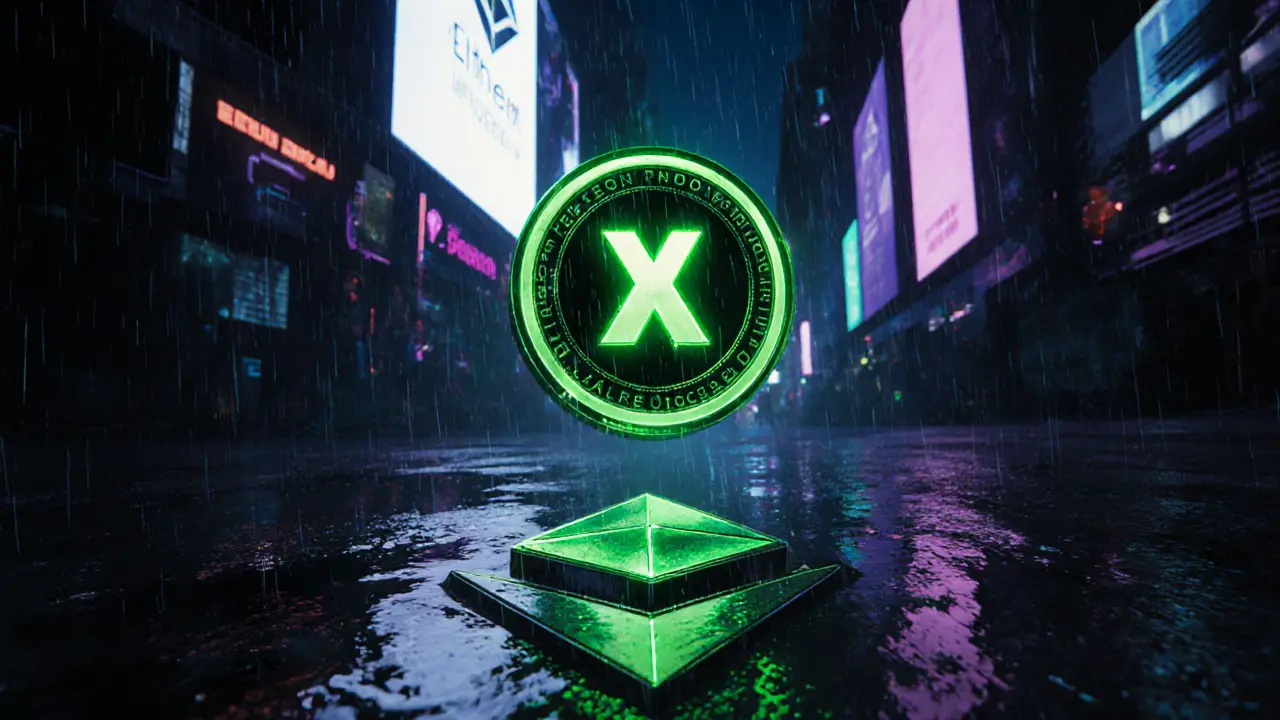Decentralized Exchange: What You Need to Know
When working with decentralized exchange, a peer‑to‑peer platform that lets users trade crypto without a central authority. Also known as DEX, it runs on smart contracts that automate order matching and settlement. Liquidity pools, collections of token reserves that enable instant swaps are the heart of any DEX, while Layer 2 scaling, off‑chain solutions like Optimism that boost speed and cut fees makes high‑volume trading practical. Privacy coins, tokens designed to hide transaction details are now influencing DEX adoption as regulators tighten rules on anonymity.
One clear semantic link is that a decentralized exchange encompasses liquidity pools, which in turn require smart contracts to manage deposits and withdrawals. The same platform also requires layer‑2 scaling to handle the transaction load without ballooning gas costs. Finally, privacy coins influence user behavior on DEXs because anonymity features can bypass exchange‑level KYC, prompting developers to add privacy‑preserving tools.
Key Topics Covered
Security is the top concern. Recent hacks show that smart‑contract bugs can drain pools in seconds, so audits and re‑entrancy guards are must‑haves. At the same time, zero‑fee DEXs like OpenSwap on Optimism prove that layer‑2 tech can keep costs low while preserving decentralization. If you’re chasing higher yields, liquidity mining programs on platforms such as DefiPlaza reward early participants, but they also raise the risk of impermanent loss—a trade‑off you’ll need to weigh.
Regulatory pressure is reshaping the space. In 2025, many privacy‑focused tokens faced delisting on centralized exchanges, pushing traders toward DEXs where the market is less censored. This shift brings new challenges: KYC‑free access sounds great until you need to withdraw large sums, at which point fiat on‑ramps become bottlenecks. Understanding the legal landscape helps you decide whether to stay on a permissionless DEX or use a hybrid solution that blends custodial services with decentralized order books.
From a user experience angle, comparing DEX interfaces matters. Some platforms, like DefiPlaza, tout advanced algorithms (the CALM model) that reduce slippage, while others keep things simple with a single‑click swap button. Your choice depends on how deep you want to go—do you need detailed analytics and custom routing, or just a quick trade?
Tokenomics also play a big role. Many new projects launch airdrops or token‑distribution events tied to DEX activity, as seen with the recent POSI and CRDT airdrops. These incentives can boost liquidity but also attract speculative behavior. Evaluating the token’s supply schedule, governance rights, and fee‑sharing model lets you spot solid projects versus hype‑driven drops.
Beyond trading, decentralized exchanges enable advanced DeFi strategies like flash loans, arbitrage, and yield farming. Platforms such as Aave or dYdX provide the building blocks, while DEXs supply the market depth needed to execute those strategies. Knowing how to chain these tools together can turn a modest capital base into a more flexible portfolio.
All of these angles—security, scaling, regulation, UX, tokenomics, and advanced strategies—show why staying informed is crucial. Below you’ll find in‑depth reviews, how‑to guides, and analysis that walk you through each aspect, helping you decide which DEX fits your trading style and risk appetite.


